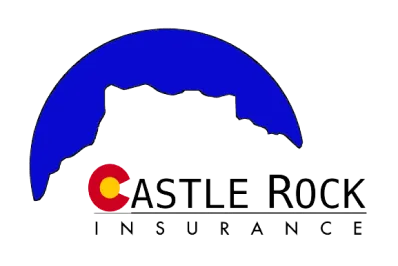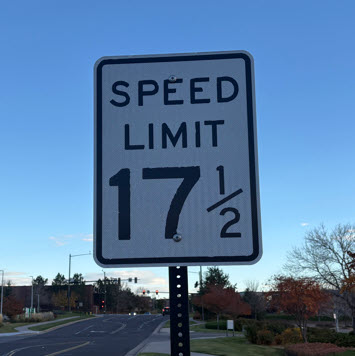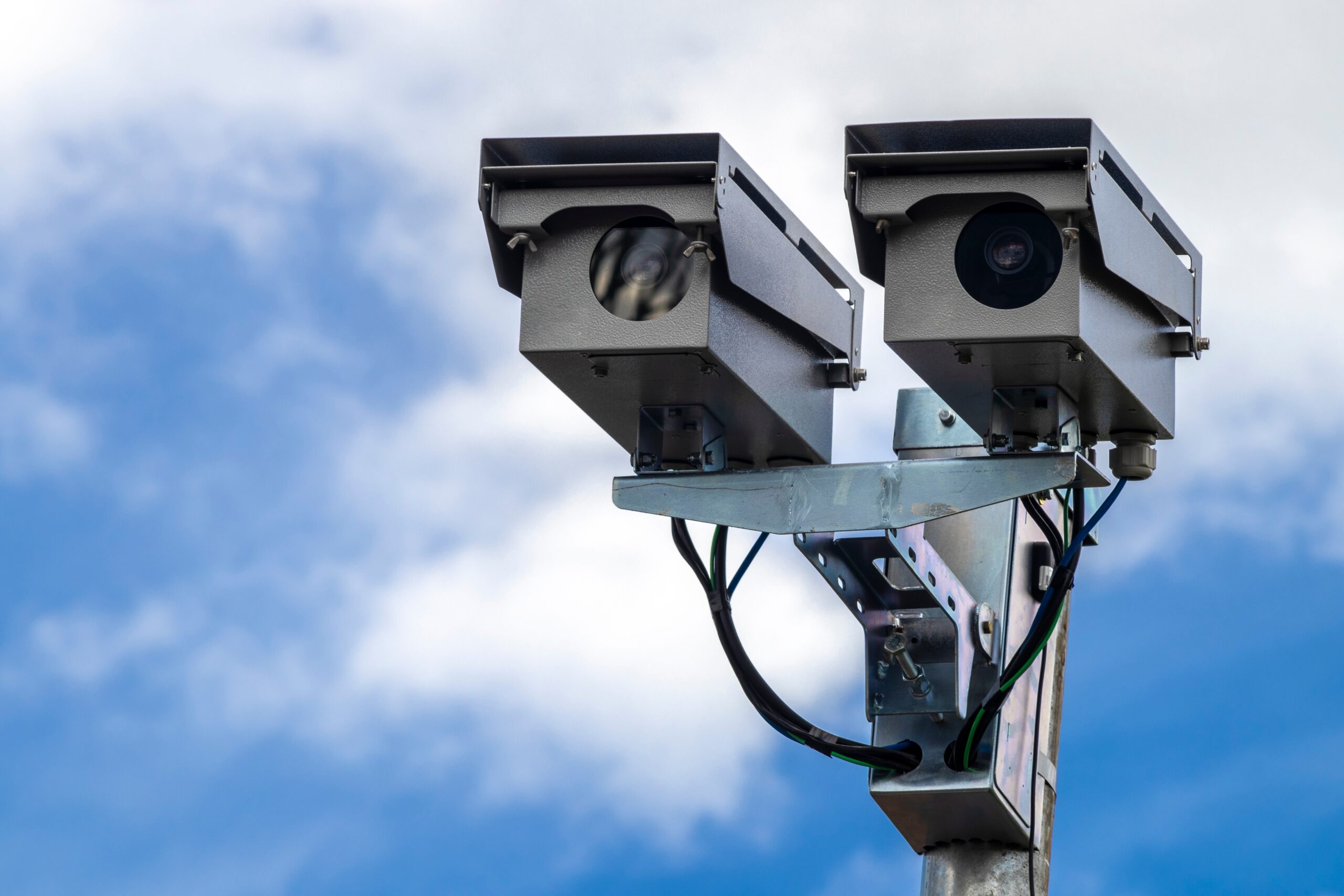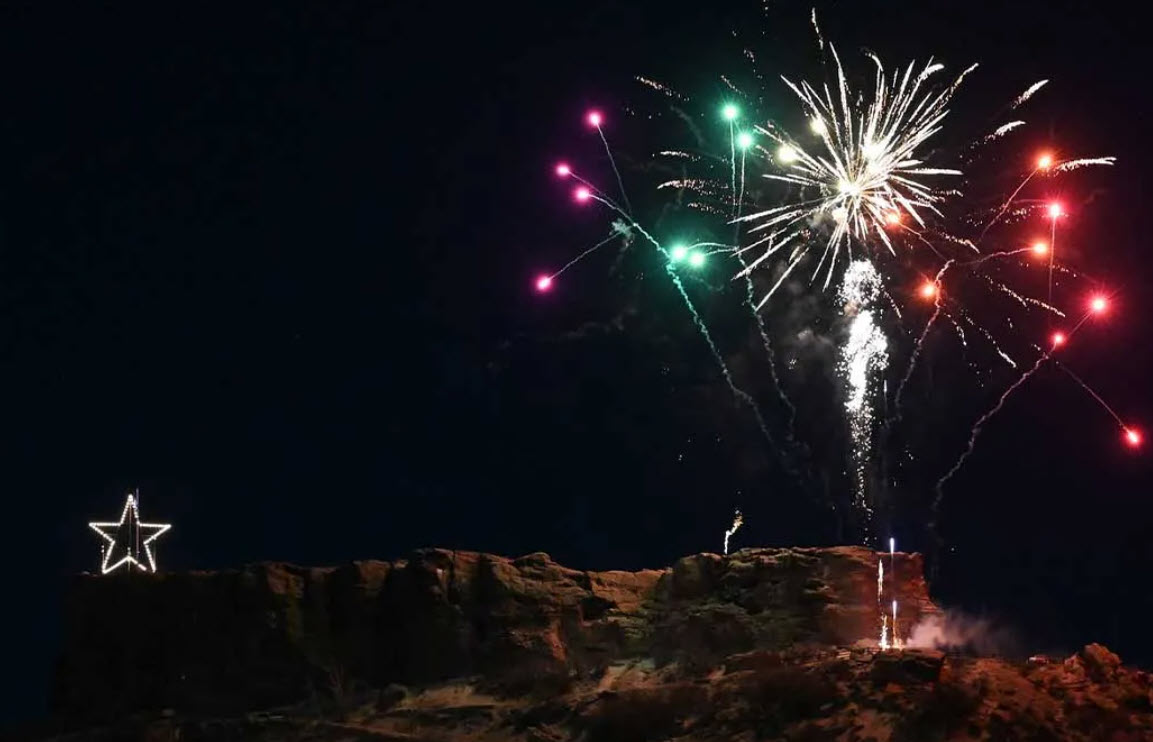If you’ve spent much time driving Colorado’s highways, from the busy lanes of C-470 to the quiet streets of Highlands Ranch, you know most signs are predictable. That’s why spotting a 17.5 mph sign in a Highlands Ranch shopping plaza can make you look twice. Shopping centers are not usually where you expect to find something out of the ordinary, yet there it is, a strangely specific number that makes drivers wonder who decided on it. Why not 15 or 20 mph like everywhere else? It’s an unusual detail in one of the most ordinary places, and it naturally raises the question: what’s the story behind this curious Colorado speed limit?
Why 17.5 mph Shows Up at All
The 17.5 mph speed limit isn’t random or a printing mistake. It’s a deliberate choice most often seen on private roads inside HOAs, business parks, or shopping plazas like the one in Highlands Ranch. Property owners are allowed to set their own speed limits, and the unusual number is meant to catch a driver’s attention. Traffic experts know that when people see an odd number like 17.5 instead of the usual 15 or 20, they instinctively slow down. It interrupts their routine and makes them think, “Why that number?” That small moment of curiosity is often enough to make drivers ease off the gas.
Signs like these are part psychology, part humor and entirely about safety. In neighborhoods or shopping areas where kids, shoppers, or pets might be close to traffic, they serve as a gentle reminder to pay attention. The quirky number makes the message stand out just enough to get people to notice their speed, which is exactly the goal.
Is 17.5 mph Enforceable?
Technically no. Speed limits like 17.5 mph on private property such as a shopping plaza or HOA neighborhood are not legally enforceable by local law enforcement. Police officers usually have authority only on public roads. On private property, those signs act more as safety reminders than official laws. While a driver probably won’t get a ticket from the city for going 20 mph in a lot marked 17.5, that doesn’t mean the rule should be ignored.
These limits exist to keep people safe, not to catch anyone off guard. In areas where cars and pedestrians mix, even a few extra miles per hour can increase the risk of an accident. Ignoring a posted limit could still cause problems later if an incident happens, since insurance and liability decisions often consider whether a driver followed the posted signs.
What Colorado Law Says About Speed
Colorado law sets speed limits to keep drivers and pedestrians safe on public roads. The standard limits are 25 mph in residential areas, 30 mph in business districts, and 65 to 75 mph on highways unless signs show otherwise. Drivers must always travel at a speed that is reasonable and safe for current conditions.
You can still get a ticket if weather or traffic makes your speed unsafe, even when you’re below the posted limit. On private property those rules don’t fully apply, so a 17.5 mph sign in a shopping plaza or HOA area is mainly a safety reminder rather than an enforceable law.
Fractional Speed Limits Elsewhere
Colorado isn’t the only place with oddly specific speed limits. Across the country you can spot private roads and parking lots with signs that read 6¾ mph, 9½ mph, or 14⅞ mph. These unusual numbers are not official traffic standards, but they do what they are meant to do by catching attention. Property owners use them to make drivers slow down or think twice about how fast they are going.
You will not see these fractional limits on public streets because they do not meet federal highway rules that require whole numbers. On private property, though, they have become a creative mix of humor and safety. Whether meant to stand out or simply make people pay attention, these quirky signs show that a small touch of creativity can help keep roads safer.
You Might Laugh at That 17.5 mph Sign, but Your Insurance Won’t
The 17.5 mph speed limit might not be enforceable since it’s on private property. However, ignoring it can still cause real problems both for safety and your wallet. Even if police cannot issue a ticket in a shopping plaza, a driver who speeds and causes an accident could face expensive repairs or higher insurance rates. Those signs are there for a reason and treating them as a joke can lead to costly outcomes.
A single speeding ticket on a public road can raise auto insurance rates by 15 to 25 percent and serious violations can push them even higher. Those higher costs can last for years which means one bad decision can follow you long after you leave the parking lot. That quirky 17.5 mph sign is not about math or precision. It is a reminder that slowing down is better for safety and your wallet.
A Note from Castle Rock Insurance
At Castle Rock Insurance, we appreciate the personality that makes Colorado special, even in the small details like a 17.5 mph sign in Highlands Ranch. It may not appear in any official traffic code, but it represents something meaningful. It shows a community that values safety and neighbors who care about each other.
It is easy to smile at a sign like that, but the message behind it is serious. Real speeding tickets can raise your insurance rates for years, and that extra cost adds up quickly. Speaking of auto insurance, this might be a good time to double-check your own policy with an independent insurance agent. If you are looking for a new auto insurance quote, feel free to reach out to Castle Rock Insurance. We are always happy to help Colorado drivers stay safe and protected on every road they travel.





